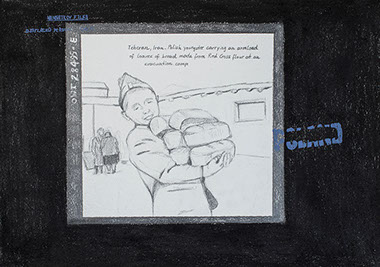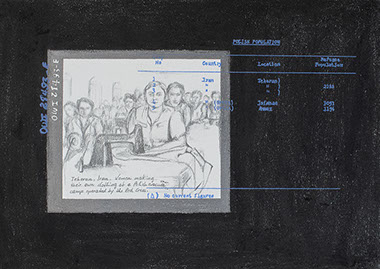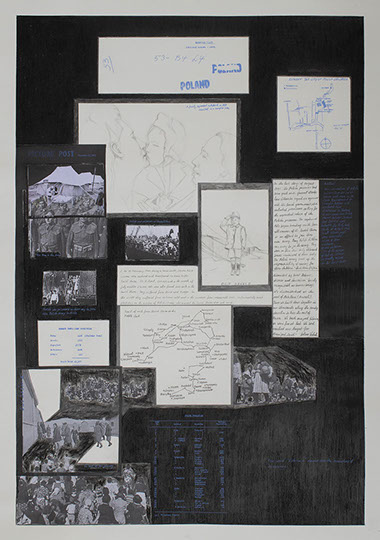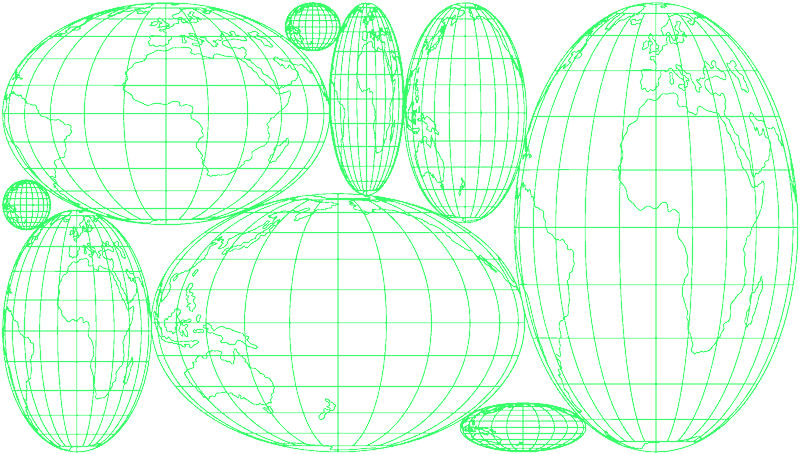KRAKOW
Ramesch Daha
Unlimited History
History and how it is processed artistically are the focus of art by Ramesch Daha, whose own family history traverses many “worlds” and includes Iranian, Jewish, and Austrian elements. Daha’s drawings, collages, and films draw from and use historical material, bringing it to life with graphic elements and creative arrangement. The Austrian Consulate General in Krakow and the Villa Decius cultural centre invited Daha to Krakow, where in an open studio she grappled with a unique element of Polish-Iranian history: the fate of more than 100,000 Polish citizens who were initially deported to the Soviet Union after the German-Soviet non-aggression pact and the ensuing Soviet occupation of eastern Poland. Subsequently, these people were released as part of the Soviet Union’s anti-Hitler coalition with Great Britain and the USA, only to then be deported to Iran. Exhausted by captivity and travel, they were warmly welcomed when they reached the port city of Pahlavi in Iran, itself suffering from Soviet economic sanctions at the time. A Polish community soon sprang up, with its own shops, schools, and newspapers. A special subgroup of this community were the orphans, some 2,000 in total. These children are the reason the Iranian city of Isfahan was nicknamed the “City of Polish Children”.
“At Villa Decius, I created artwork on paper using my usual technique and began working on a documentary video for the archives.” (Ramesch Daha, autumn 2022)

UNLIMITED HISTORY, 2022
Mixed media on paper, 29,7 x 21 cm

UNLIMITED HISTORY, 2022
Mixed media on paper, 29,7 x 21 cm

UNLIMITED HISTORY, 2022
Mixed media on paper, 100 x 70 cm
